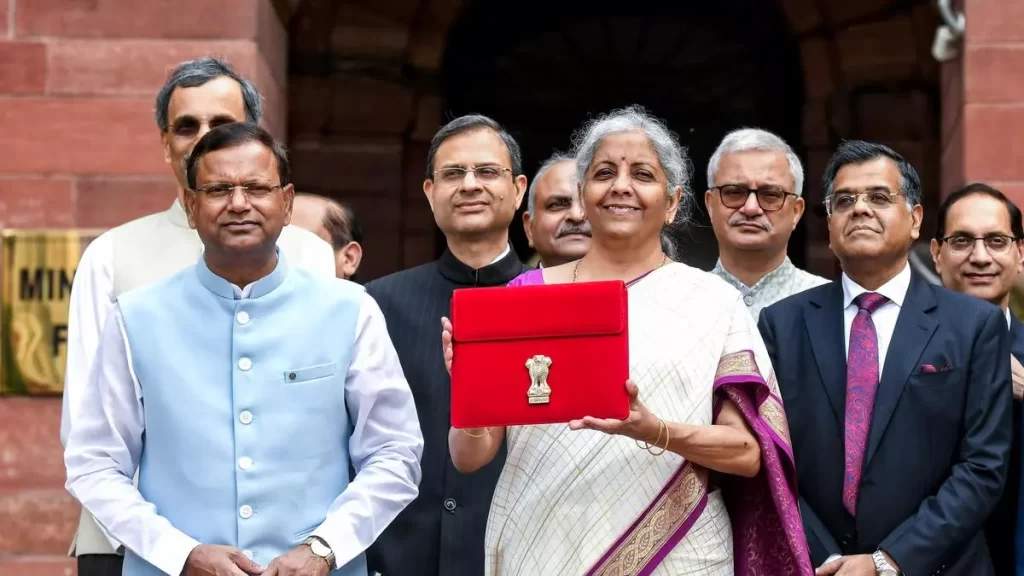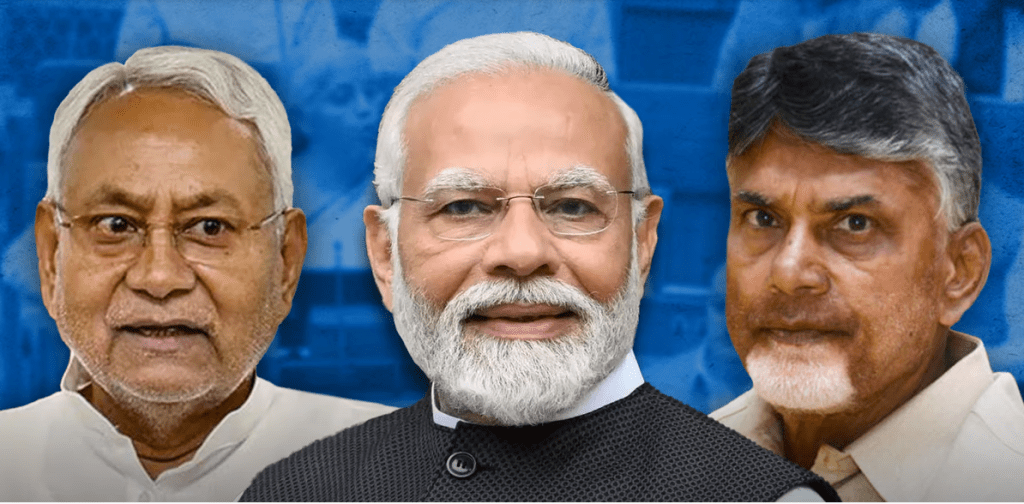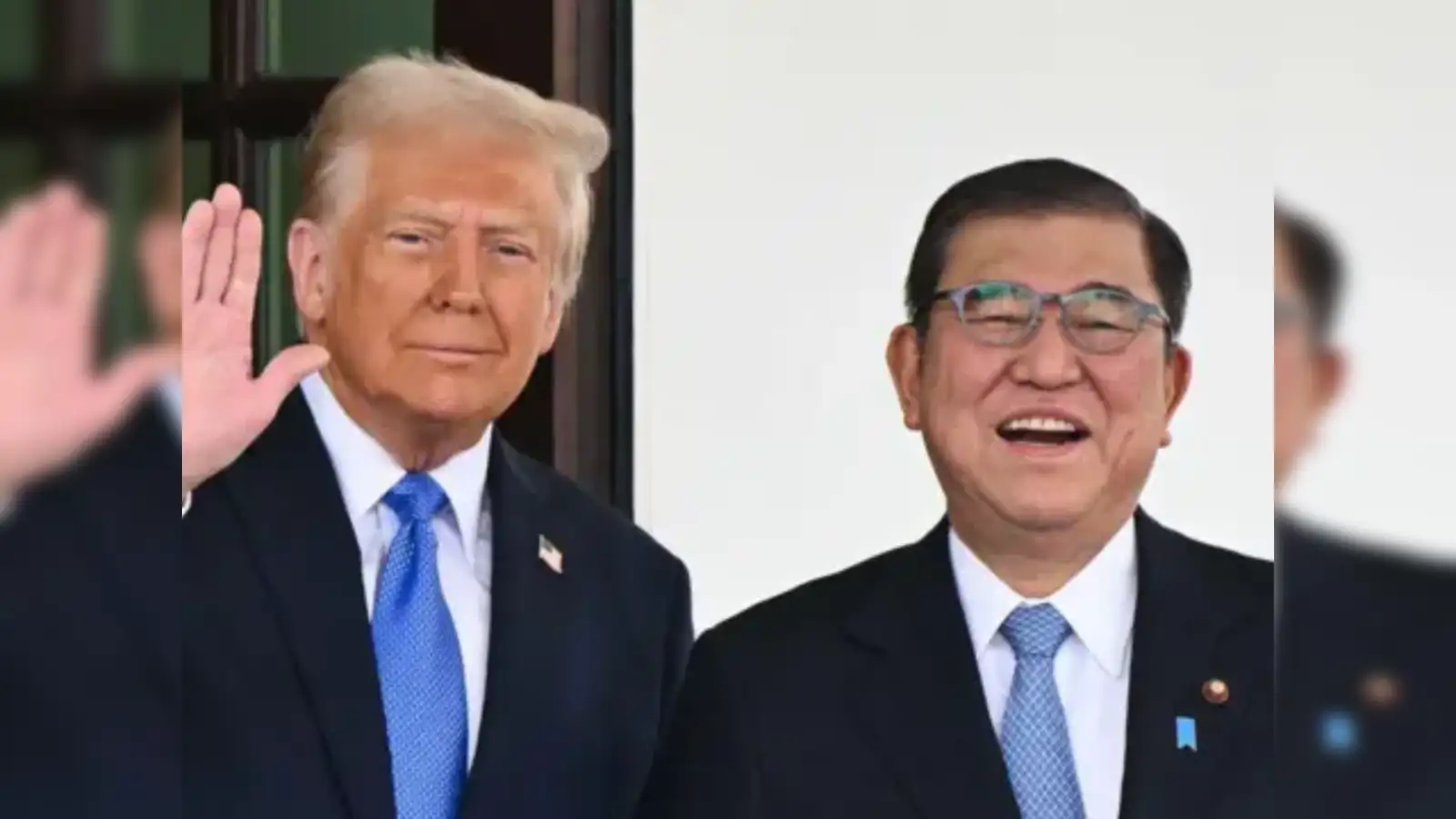Modi’s Shift: Jobs and Coalition Politics Shape India’s New Budget

In February, Indian Prime Minister Narendra Modi confidently presented an interim budget, expecting his Bharatiya Janata Party (BJP) to maintain or even expand its parliamentary majority in the upcoming general election. Instead of typical pre-election handouts, the budget emphasized reducing the fiscal deficit, improving infrastructure, and aiming for India to be a developed nation by 2047.
Coalition Compromises Influence Full Budget
However, the June election results surprised many, with the BJP losing its majority and forming a coalition government. The new political landscape, influenced by public discontent over inflation and inequality, was evident in the July 23rd budget. Key elements included $24 billion for job creation over five years, incentives for formal sector hiring, new training programs for women, and internships for 10 million youth, mirroring the Congress party’s proposals.

Union Finance Minister Nirmala Sitharaman shows the Budget tablet at the Ministry of Finance before heading to the Parliament to present the Union Budget 2024-25 on July 23, 2024.
Modi’s budget indicates a shift towards addressing job creation while still promoting India’s rapid economic growth. Chief Economic Adviser V. Anantha Nageswaran highlighted the need for 8 million non-farm jobs annually until 2036 and encouraged investments from China to boost manufacturing.
Agriculture, employing 45% of India’s workforce, was another focal point, with $18 billion allocated for related sectors. Initiatives included expanding digital infrastructure for farmers and introducing high-yield, climate-friendly crops.

Balancing Coalition Demands and Economic Goals
Major coalition partners benefited significantly. The Telugu Desam Party received substantial funding for Andhra Pradesh, while Nitish Kumar’s Janata Dal (United) secured financing for infrastructure in Bihar. Despite the largesse, the budget lowered the fiscal-deficit target to 4.9% of GDP, maintaining ambitious infrastructure plans.
However, these commitments come with trade-offs. Modi’s infrastructure spending in specific states could upset allies and voters elsewhere. Additionally, increased taxes on capital gains and securities transactions impact wealthier Indians. The biggest challenge remains ensuring the promised job creation materializes.






















